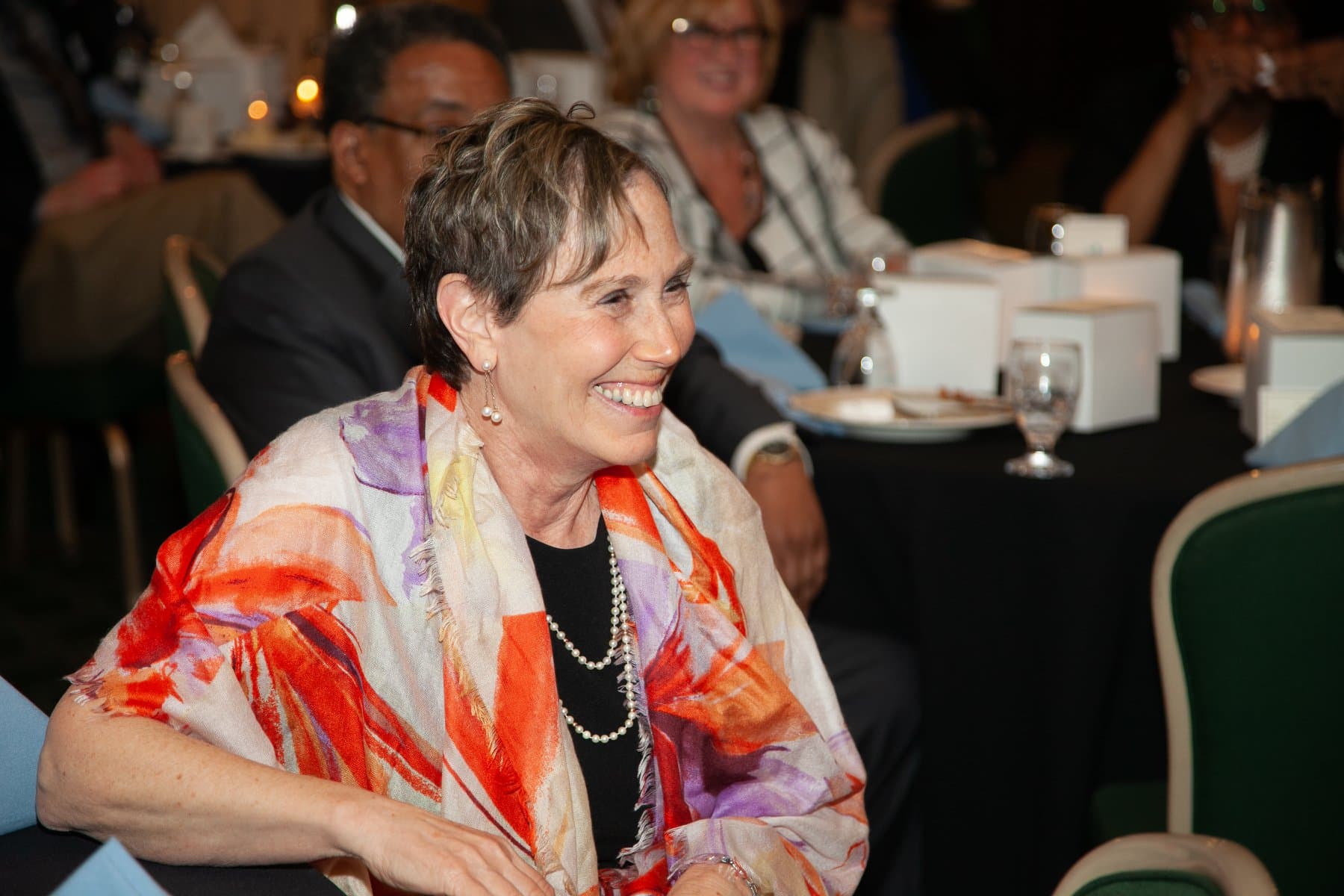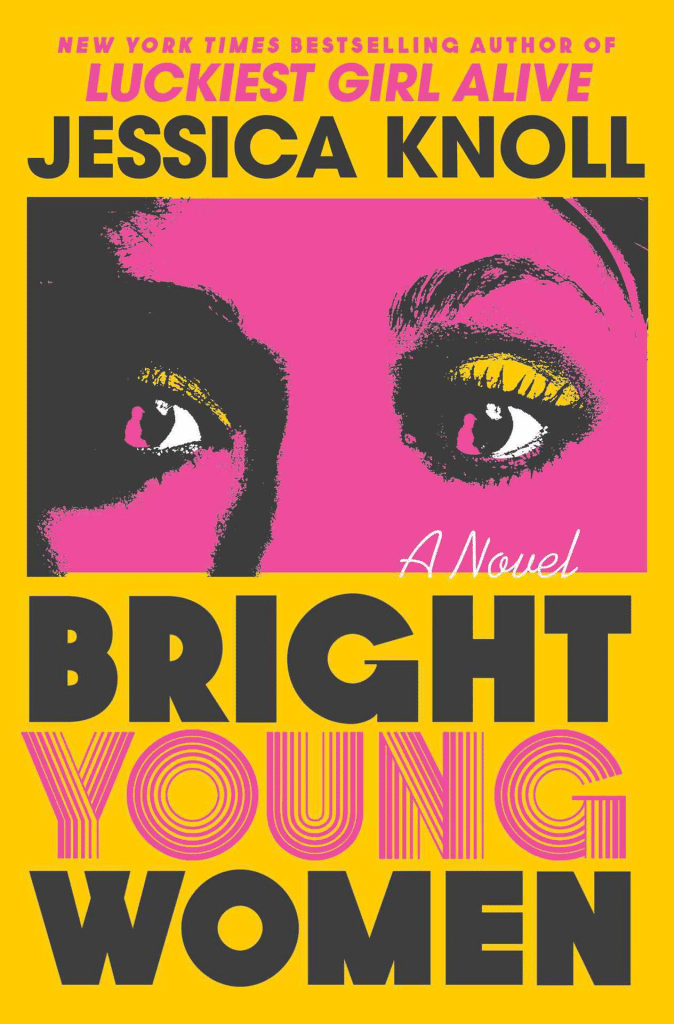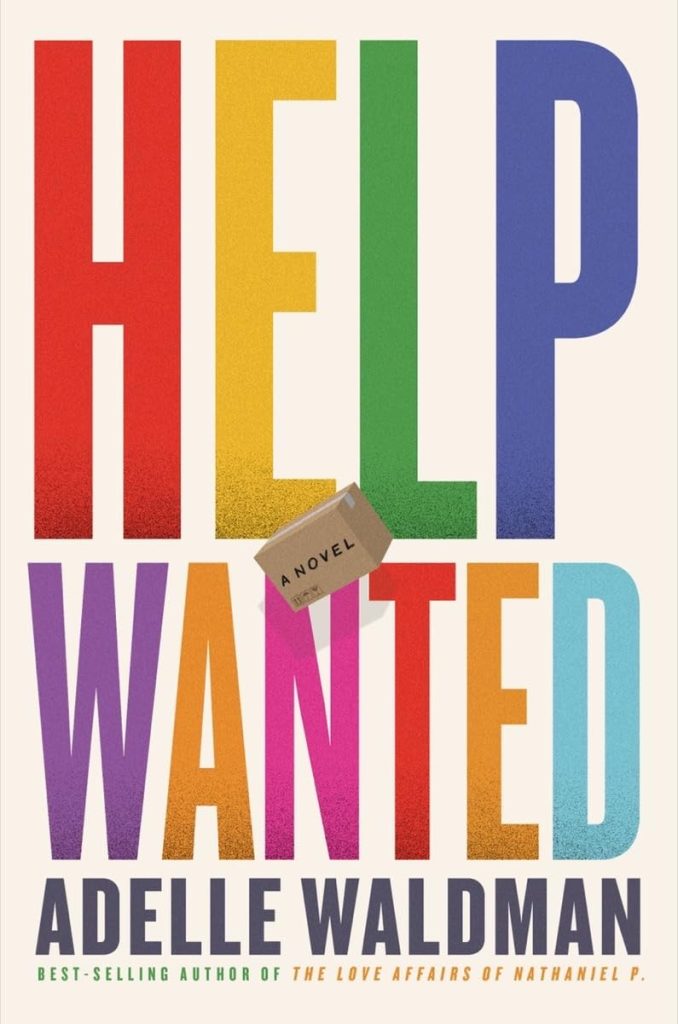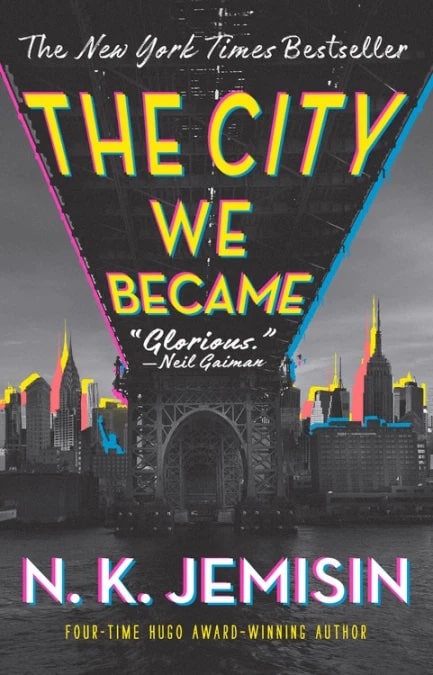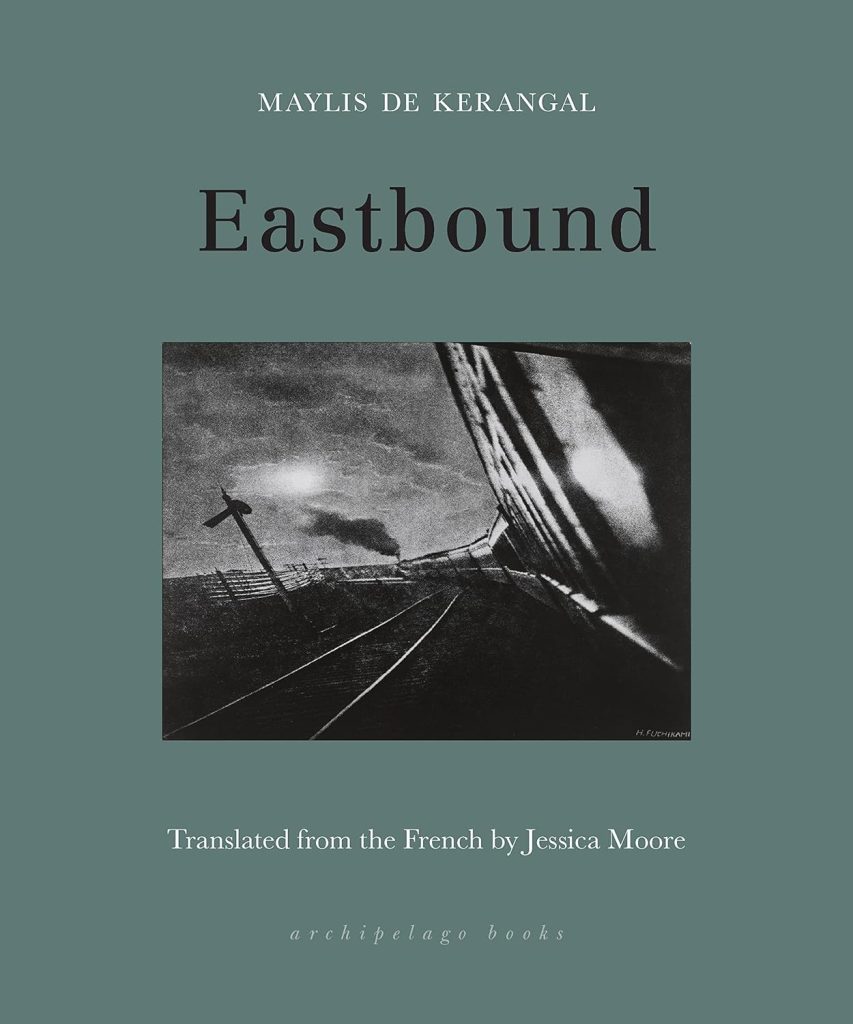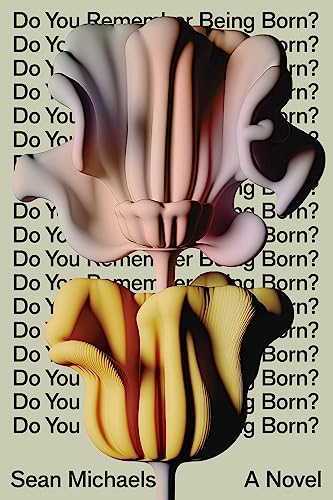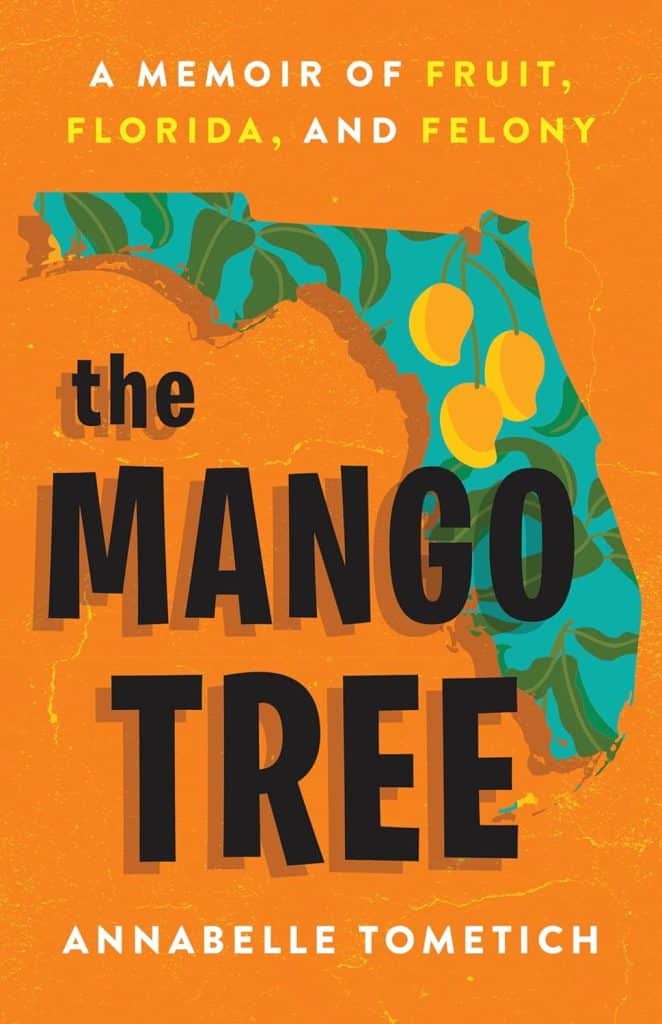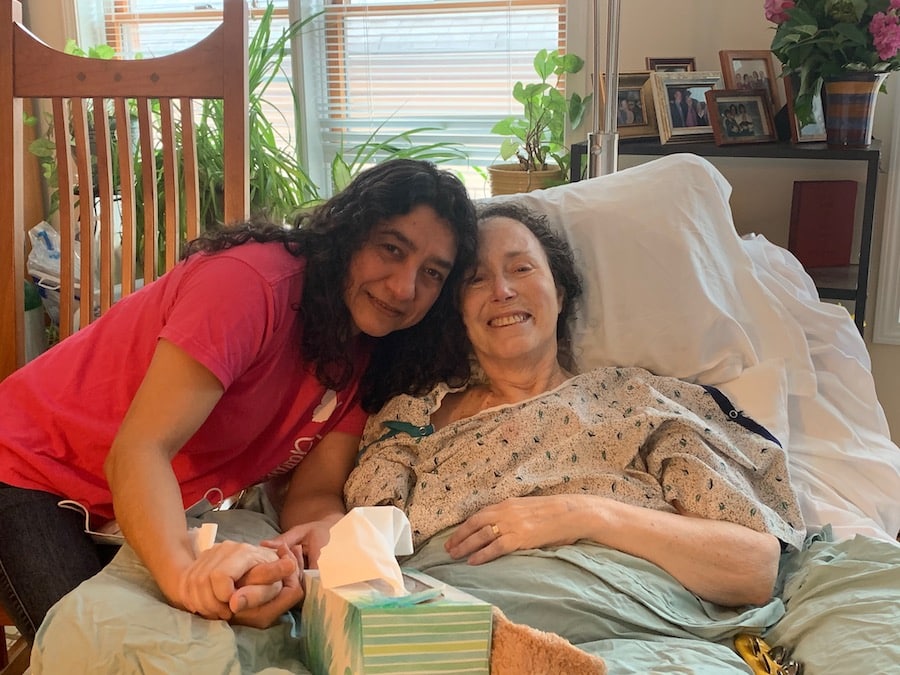
Home for Hospice
Estimated reading time: 11 minutes, 53 secondsThe Truth, Nothing but the Truth
“Mike, I am in my car and ready to call Dr. Strair. Do I need to call Jon, or can the two of you use the speakerphone?” Mike responded that he and Jon were going on the deck and could use the speakerphone. I had pulled out of the parking deck and was on the side of the road.
“Hold on; I will call the doctor and connect the calls.”
Dr. Strair answered on the second ring.
“Dr. Strair, how are you? Thanks for taking the time to talk with us. I wanted to introduce Mike and Jon, our two sons. We wanted to speak to you about the next steps in treating Jan’s lymphoma and how best to ensure her next discharge goes smoothly.
After Dr. Strair welcomed the boys to the call, he moved directly to the topic.
“I will tell you what I would tell my wife, our children, or a loved one. We cannot treat lymphoma effectively because of COVID, and the lymphoma keeps us from treating COVID. Her lymphoma is very aggressive, and we have tried three treatments. Each time we do a new treatment, the efficacy declines. If there was no COVID, there is little we could do.
He paused as Jan’s Prius turned itself onto Shunpike. Was I driving the car, or was it self-driving?
“I wish I did not have to say this, but the only option left for Janice is hospice.”
My stomach flipped, and I was sure it had jumped out of the window. The call had been to plan for Jan’s recovery, and now we discussed her death.
“There is no other option,” Jon asked.
Dr. Strair said no.
“How long does she have left,” Mike queried.
I suspect she only has a few weeks to live.”
We continued talking while the car proceeded to its parking space.
“Thank you, Dr. Strair, for your honesty,” I said as the car parked itself and ended the call.
I knew I needed to get out of the car, but I was too weak to move.
My iPhone’s ring jolted me out of my panic state.
“Dad, Jon, and I are on the way to being with you. You shouldn’t be alone now.
After almost 48 years, I recently lost my wife, Jan Lilien. Like The Little Prince, Jan and I believed that “The most beautiful things in the world cannot be seen or touched, they are felt with the heart.” This blog is a collection of my random thoughts on love, grief, life, and all things considered.
